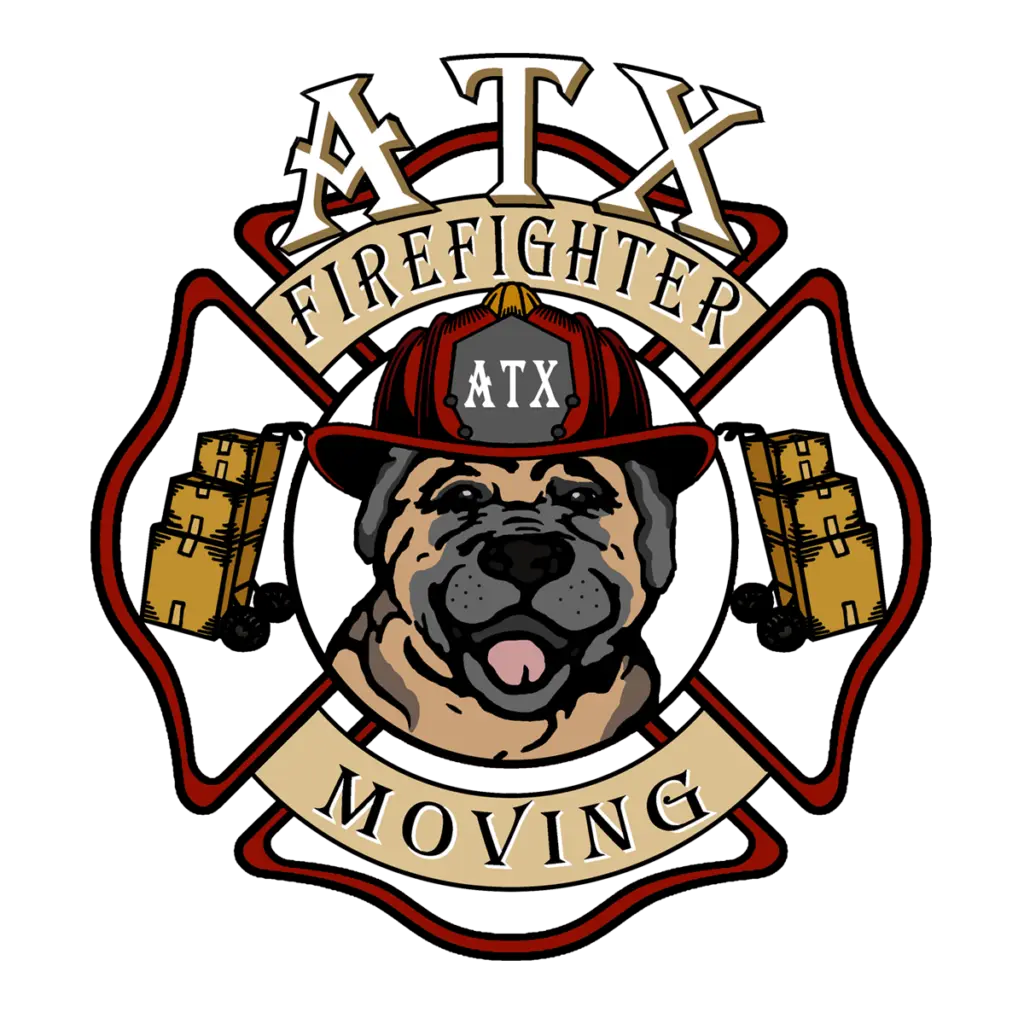Texas, the Lone Star State, is a land of vast landscapes, rich history, and vibrant culture. From its sprawling cities to its expansive countryside, Texas holds a unique charm that captivates residents and visitors alike. In this article, we delve into 10 fascinating facts about Texas, shedding light on its diverse geography, iconic symbols, and distinct traditions. Join us as we uncover the essence of Texas, one intriguing fact at a time.
Texas is Huge

Texas is renowned for its colossal dimensions. As the second-largest state in the US by both landmass and population, Texas sprawls over a staggering 268,597 square miles. To put this into perspective, Texas is twice the size of Japan or Germany and 10% larger than France. If Texas were a standalone country, it would rank as the 40th largest in terms of land size.
Texans embrace this distinction with gusto, often flaunting big boots, oversized belt buckles, and towering hairstyles. The state’s expansive territory and the larger-than-life demeanor of many of its residents have birthed the famous saying, “Everything is bigger in Texas.” Additionally, the term “Texas-Sized” is commonly used to describe something that is notably large compared to others of its kind. Even the state’s capitol building surpasses the United States Capitol building in Washington D.C. in size!
Related: Why Texas Continues to Attract New Residents
Cowboy Boots

In 2007, Cowboy boots were declared the official state footwear of Texas, cementing their undeniable connection to the state’s rich history and culture. Following the Civil War, Texans played a significant role in cattle farming, leading to the creation of cowboy boots.
These boots were designed to meet the unique demands of ranch life: durable, comfortable to wear even while on horseback, and easy to slip on and off. Today, you’ll spot cowboy boots adorning the feet of Texans from all walks of life, a symbol of the state’s enduring cowboy spirit and heritage.
Related: 10 Surprisingly Free Things That You Can Do In Austin
Rodeos

Texas holds a prominent position in the rodeo world, with its roots tracing back to the very first rodeo held in Pecos, Texas. This small town continues to uphold its rodeo tradition, hosting an annual event that captures the essence of cowboy culture.
Throughout the state, thousands of rodeos take place each year, attracting participants and spectators alike. Notable events include the Southwestern Exposition and Livestock Show and the Houston Livestock Show and Rodeo, which draw cowboys from far and wide to showcase their skills and compete for prestigious titles.
Rodeos in Texas offer a thrilling blend of traditional cowboy competitions, including roping, riding, and wrangling, as well as entertainment for the whole family. From adrenaline-pumping bull riding to awe-inspiring horsemanship displays, Texas rodeos capture the spirit of the Wild West and continue to be a cherished tradition in the Lone Star State.
Related: Things to Know Before Moving To Austin TX
NASA

Houston, Texas, is home to NASA’s Johnson Space Center, which has played a pivotal role in shaping human space exploration since its establishment in 1961. As the lead center for U.S. space missions involving astronauts, the Johnson Space Center serves as a hub for NASA’s efforts in space exploration.
The iconic phrase “Houston, we have a problem!” has become ingrained in popular culture, often heard in space movies and reflecting the pivotal role of the Johnson Space Center in addressing challenges encountered during space missions.
From training astronauts to managing space missions, the Johnson Space Center remains at the forefront of NASA’s endeavors, pushing the boundaries of human knowledge and exploration beyond Earth’s atmosphere. So, when it comes to unraveling the mysteries of the universe, Texas, and specifically Houston, stands at the forefront of the quest for discovery.
Related: The Pros and Cons of Moving Insurance: Is it Worth the Cost?
The Heat

Texas is one of the hottest states with about seventeen Texan cities (including Dallas, El Paso Austin) listed among the 50 warmest cities in the country. During summer, the maximum temperature of Texas ranges from 79°F (26°C) in Galveston Island and the West Texas mountains to 100°F (38°C) in other places like the Rio-Grande Valley.
While the eastern half of Texas is humid and subtropical, the western half is semi-arid, and much of Texas actually varies greatly in climate. This is primarily because the Gulf Coast brings sea winds and moisture to the east, but the moisture evaporates in the vast expanse of desert to the west.
Related: Maximizing space: The benefits of decluttering before moving
State Symbols
The state dish of Texas is Chili Con Carne, a hearty stew traditionally made by cowboys using dried beef and chilies. In 1977, Chili Con Carne was officially recognized as the state dish of Texas. However, there’s one strict rule: no beans allowed in authentic Texas Chili Con Carne!
The state insect of Texas is the Monarch Butterfly. With Texas being home to more butterfly species than any other state, boasting at least 400 varieties, it’s no surprise that the majestic Monarch Butterfly was chosen as the state insect in 1995. These beautiful butterflies add a touch of natural splendor to the Texan landscape, symbolizing the state’s rich biodiversity and natural beauty.
Related: 17 Hidden Costs Moving Moving in Austin
The Lone Star Flag

The Flag of Texas is famously known as ‘The Lone Star Flag.’ Its design dates back to 1839 when an Austin-based artist named Peter Krag was commissioned to create it from an original freehand drawing. Remarkably, Krag was paid only $10 for his work, equivalent to around $200 in today’s currency.
Just like the flag of the USA, the Lone Star Flag features the colors red, white, and blue. These colors hold symbolic significance: red symbolizes courage, white represents purity and liberty, and blue signifies loyalty. The Lone Star Flag stands as a proud emblem of Texas heritage and identity, embodying the state’s values and ideals.
Related: Save Money By Decluttering Before Your Move
Texas Longhorns

The Texas Longhorn, a distinctive breed of cattle, is a familiar sight along the backcountry roads of Texas. Renowned for its impressive horns, which can extend up to 7 feet in length, the Longhorn is an iconic symbol of the Lone Star State’s rugged frontier heritage.
Beyond its role as a symbol of Texas ranching culture, the Texas Longhorn holds several official distinctions. It serves as the official Texas State Large Mammal, representing the state’s rich agricultural heritage. Additionally, the Longhorn is the official symbol for Fort Worth, further emphasizing its cultural significance in Texas.
Moreover, the Texas Longhorn holds a special place in the hearts of sports fans as the beloved mascot of the University of Texas at Austin. With its imposing stature and distinctive appearance, the Texas Longhorn embodies the spirit of Texas pride and resilience, making it a cherished symbol of the state’s identity.
Texas BBQ

Texans have a deep-rooted love for BBQ, which boasts a rich history in the Lone Star State. This cherished culinary tradition was introduced to central Texas by Czech and German settlers during the mid-nineteenth century, quickly becoming a cornerstone of Texas cuisine. Over time, four distinct styles of Texas BBQ have emerged, each reflecting the unique flavors and techniques of different geographic regions.
In East Texas, ribs take center stage, slow-cooked over hickory wood and bathed in a sweet, tomato-based sauce until they reach mouthwatering tenderness. Meanwhile, Central Texans prefer a simpler approach, seasoning the meat with spices and cooking it over indirect heat from pecan or oak wood.
Venturing out to West Texas, BBQ enthusiasts encounter a different flavor profile, with ribs cooked over direct heat from mesquite wood, resulting in a slightly bitter taste that sets it apart. Finally, South Texas BBQ stands out for its thick, molasses-like sauces that impart a deliciously moist texture to the meat.
With each region offering its own take on BBQ, enthusiasts are encouraged to sample all varieties and join the lively debate over which style reigns supreme. Whether you prefer the sweet tang of East Texas ribs or the bold flavors of West Texas BBQ, one thing’s for sure – Texas BBQ is an experience not to be missed!
No Income Tax & Strong Economy

Texas boasts a thriving economy, ranking as the 8th largest among nations worldwide. One of the state’s most significant competitive advantages is its business-friendly climate, distinguished by the absence of corporate or personal income tax. This favorable tax environment attracts businesses and entrepreneurs seeking to maximize their profits and minimize their tax burden.
Moreover, Texas benefits from a highly skilled and diverse workforce, equipped to meet the demands of a wide range of industries. With easy access to global markets and robust infrastructure, businesses in Texas enjoy unparalleled opportunities for growth and expansion.
Additionally, the state maintains a reasonable regulatory environment, striking a balance between fostering innovation and ensuring public welfare. This conducive business environment has propelled Texas to the forefront of economic prosperity, making it a prime destination for businesses and individuals alike.

